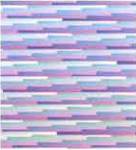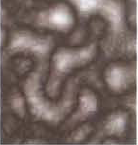Chapter 8. DI, Color Grading, Noise, and Grain
"If you're comparing 35mm to the state-of-the art digital video, digital video cameras can at least capture 4K. If you need a hi-res scan of 35mm, the film grain gets a little big."

The digital intermediate (DI) represents one of the most significant changes to filmmaking to occur in recent years. Hence, it's important for compositors to understand the DI process, even if they are not directly involved with the editing, conforming, calibration, or color grading process. Nevertheless, color grading approaches used by DI colorists may be applied by compositors to projects that do not have the luxury of DI. Whereas DI is ultimately an optional step for a production, noise and grain are a permanent part of the production equation. That is, all film and video footage contains some form of noise or grain. Hence, the artifacts must be removed from footage or added to imported CG, digital artwork, or motion graphic elements so that the end composite is coherent and consistent. With the tutorials in this chapter, you'll have the chance to practice color grading techniques as well as disguise unwanted posterization with noise.

Digital Intermediates
A digital intermediate (DI) is digital ...
Get Professional Digital Compositing: Essential Tools and Techniques now with the O’Reilly learning platform.
O’Reilly members experience books, live events, courses curated by job role, and more from O’Reilly and nearly 200 top publishers.

